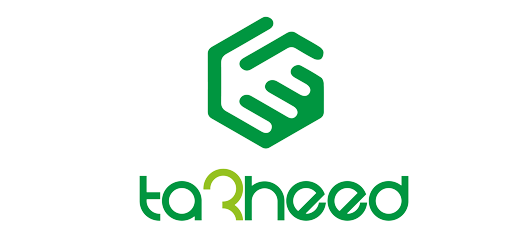Key Metrics to Measure and Enhance Customer Experience

Customer experience is intangible because it is about feelings, comments and opinions, and customer experience is unique because customers always have different perceptions of the brand.
Measuring customer experience
Brand perceptions are based on the service a customer receives when they contact a customer service center. Two callers can call your call center, one of them gets to speak to an experienced agent who resolves their issue in a few minutes.
While the other caller may become angry, bored and frustrated at being connected to an untrained agent who needs more information about the issue raised.
Measuring customer experience emphasizes the importance of accuracy and in this regard, it is always better to create a specific framework for measuring customer experience, and here is how to do it according to callcenterstudio:
Map the customer journey: Discover how customers interact with your brand from all your touchpoints. This map should include the point of discovery and support interactions through to purchase and follow-up.
Highlight customer needs based on touchpoints: Using the map, identify what specific touchpoints customers need—a quick response, detailed information, or personalized service? Callers may appreciate a quick response, emails may require detailed information, and web chats and social media interactions may require support.
Implement appropriate methods for collecting and analyzing data: Use surveys, social media listening feedback forms, and call recordings. Then, identify metrics that align with customer needs as the results will indicate what needs improvement.
Examples of Customer Experience Metrics Every CX Professional Should Know
CSAT Customer Satisfaction Score
This metric collects data about customer satisfaction with your service or product. A best practice for CSAT is to send surveys with rating metrics after specific interactions. For example, you can send them after calls or web chats.
Net Promoter Score (NPS)
NPS is the metric that measures customer loyalty. Data for NPS is collected by asking how likely a customer is to recommend you. When customers confirm that they recommend you, you get high numbers.
This means they will happily recommend you and do business with you again in the future. High NPS numbers are a great indicator of low customer churn.
Customer Effort Score (CES)
This score measures how easy it is for your agents or resources to find solutions. Unlike other metrics, your contact center should score low CES numbers. A low CES means customers find it easy to deal with you, and therefore higher satisfaction.
First Contact Resolution (FCR)
FCR monitors the rate at which customer inquiries are resolved during the initial interaction. This metric is vital because it rates the efficiency and effectiveness of a business. FCR results directly from agent training, communication skills, and problem-solving abilities.
Ideally, FCR numbers should be high because they indicate that customer issues are resolved quickly. Higher FCRs reduce contact center costs and improve agent productivity and customer experience.







